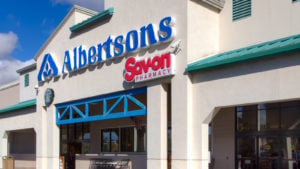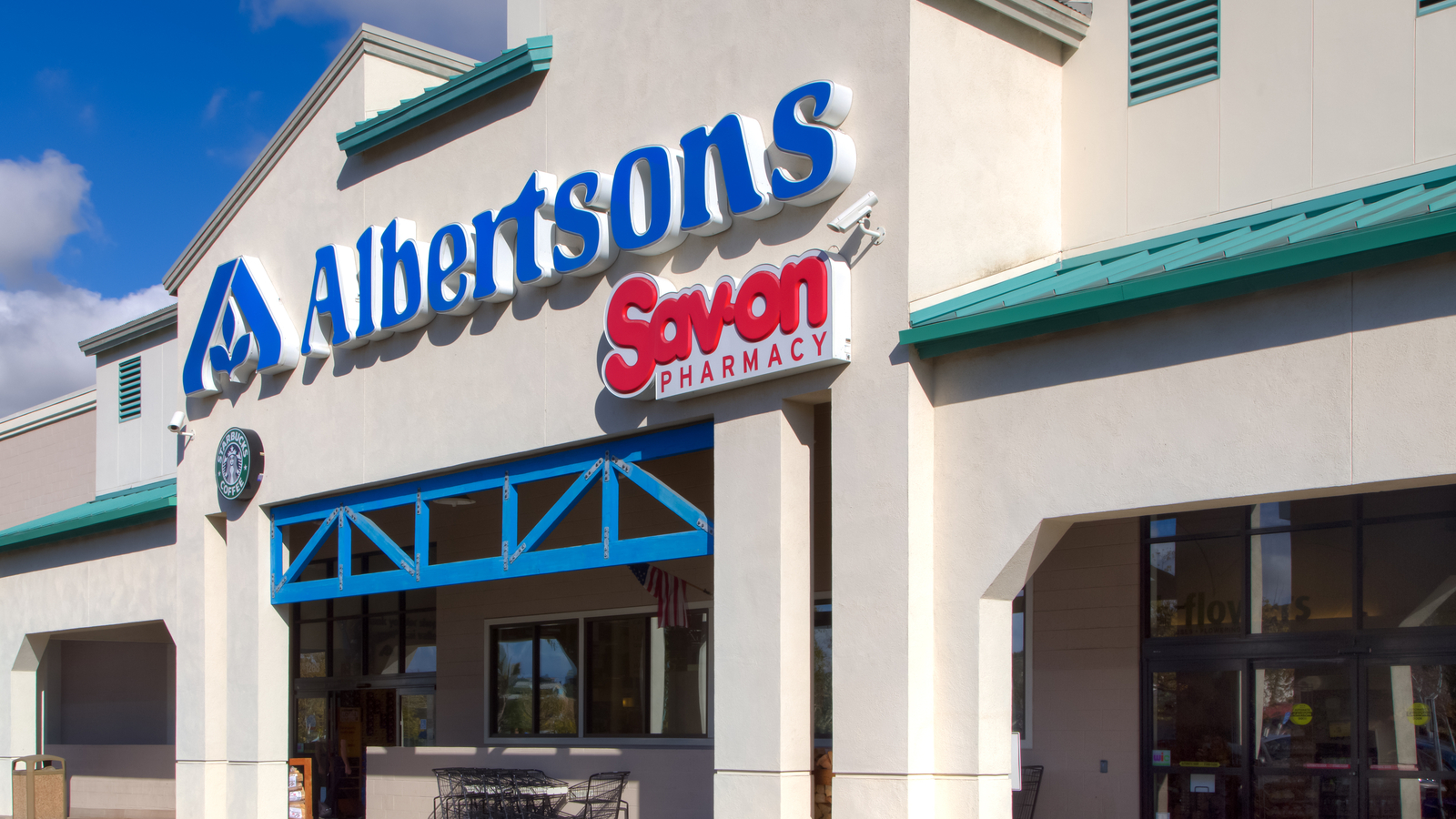Here is something you probably didn’t know. Not only is Albertsons (NYSE:ACI) a recently public company, but it is also the second-largest U.S. grocery retailer, now that it owns Safeway. Albertsons stock had its IPO on June 26 at $16 per share.

So far the stock is down 7%, but I do not believe this stock is going to stay down very long. The main reason is that the majority owner, Cerberus, a private equity fund is making big moves.
That’s the fund that originally took the company private in 2014, purchased Safeway in 2015, and later combined it with Albertsons. Cerberus also took the company public by selling 50 million shares. It still owns more than 32% of the public shares is looking out for shareholders.
Recent Shareholder-Friendly Actions
On June 9 Albertsons not only raised $1.68 billion in two series of convertible preferred stock, but they used the stock to repurchase a large chunk of shares. This was prior to going public. But in the company’s latest earnings report on Oct. 20, the company said that it had initiated a $300 million share buyback program.
This is important since Albertsons stock has a market value worth $7 billion at $14.83 per share. This is taken from the latest 10-Q report as of Oct. 20 where there were 472 million shares listed as outstanding. Therefore, if Albertsons buys back $300 million worth of shares, that is a reduction of 4.28% of the total outstanding.
This is the same as a return of capital to shareholders, as I have explained in numerous other articles. This article in particular I wrote on March 5 explains the tax advantages to shareholders from buybacks compared to paying out the money as dividends.
But that is not the only shareholder-friendly move by Albertsons. On Oct. 14, the company declared its first quarterly dividend of 10 cents per share which went ex-dividend on Oct. 23. This gives Albertsons stock a 40-cent annual dividend and a dividend yield of 2.7%.
Implications of These Actions
Now let’s think about what these two measures mean. First of all, the dividend will cost only $47.26 million (i.e. 10 cents per share times 472 million shares) each quarter.
Second, the company produced $2 billion in free cash flow (FCF) its first six months ending Sept. 12. That works out to $1 billion in FCF per quarter.
Therefore, Albertsons can easily use this FCF to pay $347.26 million each quarter (i.e. $300 million in buybacks and $47.26 million in dividends) in shareholder-friendly payments. It would have plenty of money left over for debt reduction, acquisitions, and cash pile growth.
Keep in mind that the buyback announcement did not have a time frame like one year. They simply said we are going to buy back $300 million of shares. They had just done $1.6 billion by borrowing money with the issuance of convertible preferreds.
As a result, it is theoretically possible that the “total yield” to shareholders could be as much as $1.389 billion annually (i.e., $347.26 million x four quarters). Since Albertsons stock has a $7 billion market value, that total yield works out to 19.8% annually (i.e., $1.38 billion divided by $7 billion).
In other words, Cerberus, acting for its own interests and also other shareholders may be on a program to return up to 20% of the company’s market value to shareholders annually. This is a truly shareholder-friendly company providing total yield (buybacks and dividends) to shareholders. I run the Total Yield Value Guide, which you can read about below, and specialize in finding and looking out for these kinds of companies.
What To Do With Albertsons Stock
The good thing about Albertsons (which includes Safeway and is the second-largest grocery chain in the U.S.) is that it’s very profitable on a free cash flow (FCF) basis. As I pointed out above, they produced over $2 billion in FCF in their fiscal first half ending Sept. 12.
If the company averages $300 million in buybacks on a quarterly basis, plus the quarterly 10 cents dividends, the total yield to shareholders will be 20%. This is a significant ROI and will likely act as a major catalyst for Albertsons stock.
For one, the dividend increases will grow significantly just by having fewer shares outstanding. Here is an example of how that would work.
Let’s say Albertsons stock rises 20% over the next year, but the company also buys back $300 million per quarter or $1.2 billion. That implies that there will be 15.58% few shares outstanding.
For example, the average market cap will be $7.7 billion and $1.2 billion divided by that number is 15.58%. This brings the shares down to 399 million (i.e., 472.65 million less 15.58%)
Therefore, assuming the company spends $189 million on dividends annually (i.e., $47.25 million quarterly), the dividend per share next year will be 47.4 cents (up from 40 cents this year). This is the result of dividing $189 million in regular dividend payments by the amount of shares, 399 million. That is a natural increase of 18.4% in the dividend payment without any higher cost to the company.
Moreover, if the company wants to spend more on the dividends from higher FCF sources, the dividend increase would be even greater than 18.4%.
So, you can see there is a multiplier effect from the share buybacks. It acts as a great catalyst eventually pushing Albertsons stock higher.
On the date of publication, Mark R. Hake did not have (either directly or indirectly) any positions in any of the securities mentioned in this article.
Mark Hake runs the Total Yield Value Guide which you can review here.
